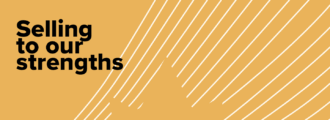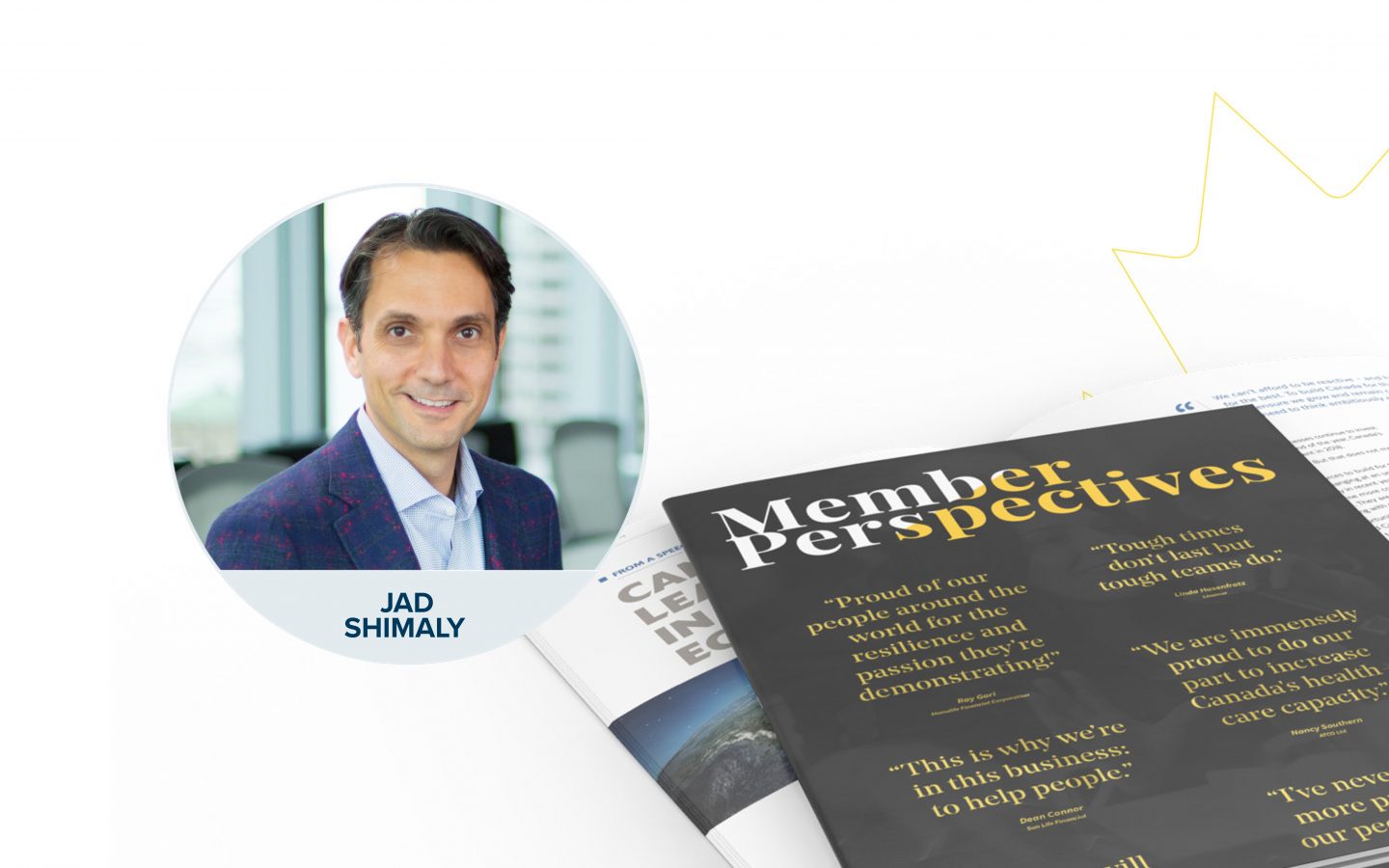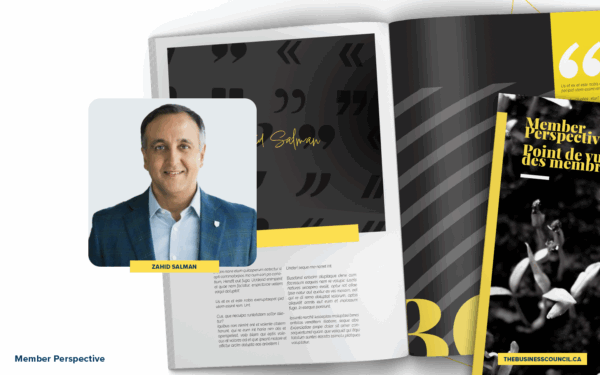Gender equity is not a problem to solve — it’s the solution
It’s time for us to stop talking about gender equity as a problem to solve and start seeing it as a solution to our most pressing business and economic challenges. This is a subtle but important shift in mindset that all Canadian CEOs and business leaders need to embrace if we’re going to make a positive difference together, while recognizing that gender is only one component of the diversity and inclusiveness conversation we should be having.
And here’s why. We’re living in a time of significant social and economic challenges — from trade tensions and geopolitical uncertainty, to global health crises and climate change and action. Stakeholder expectations of how executives both manage and show leadership around these issues continues to rise. Businesses are no longer solely defined by their financial performance, but also by the long-term value they create through intangibles like social and environmental impact, intellectual property, and others. Generating that value won’t happen nearly as quickly or effectively without more diverse and balanced voices at the table. This includes gender equity in the workforce — and we all need to be involved.
A workplace that reflects gender equity is essential for our businesses and economies to thrive. Women are the answer to how we innovate to address these rapidly evolving challenges. This includes everything from catching biases in programming data, stakeholder management when lobbying for new developments, and ensuring inclusivity when creating new policies or designing creative products and services to reach new customers.
Innovation thrives — along with our businesses — when women can bring their diverse perspectives and experiences to the table. A 2018 study by Harvard Business Review shows companies with higher-than-average diversity had both 19% higher innovation revenues and 9% higher EBIT margins. Such data points are helping to drive more action around diversity. Beyond that, it’s simply the right thing to do. But that action still isn’t translating into meaningful change.
Canada is falling further behind global peers in closing the gender gap. The World Economic Forum Global Gender Gap 2020 shows Canada fell three positions to 19th in the ranking. It’s clear we’re sacrificing progress and innovation potential when we think of diversity as a box-ticking exercise and not as a superpower to solve some of our greatest challenges.
In addition to being the CEO and Chairman of EY, I’ve also taken on the role of Chief Inclusiveness Officer, and I’m embracing accountability. We’ve been on our diversity and inclusiveness journey for nearly three decades now and are building a strong foundation of allyship across the organization where men and women alike are active sponsors, mentors and advocates for high-potential women.
Women represent 50% of our workforce today and accounted for 45% of our partner promotions in 2019. What’s more, 40% of our Office Managing Partners and 40% of our Executive Committee are women at EY in Canada. I’m extremely proud of these figures but know that numbers alone aren’t enough. They tell an important story but put us at risk of seeing diversity as a problem to solve.
Our focus is on creating a strong culture of belonging where all of our people feel heard, respected, valued for their differences and comfortable bringing their authentic selves to work. And we’re applying the same rigour we would to any important business function, including measuring our results and having honest conversations when we’re not hitting the mark.
As the calls grow louder for more inclusive workplaces, we not only expect much more from ourselves, but our clients and external stakeholders expect a lot more of us – and this applies to all Canadian businesses. Creating a better working world depends on our ability to embrace inclusive capitalism. Gender equity is a critical step to broadening perspectives, and collectively creating more value for future generations.
My commitment as the CEO and Chief Inclusiveness Officer is to stay accountable to my team, clients and community far beyond this one day of the year. I hope all Canadian CEOs and business leaders will join me.
Visit ey.com/ca/women for more perspectives on how to make sure #SheBelongs. #WomenFastForward #IWD2020










